15 Things You Should Never Order In An Indian Restaurant
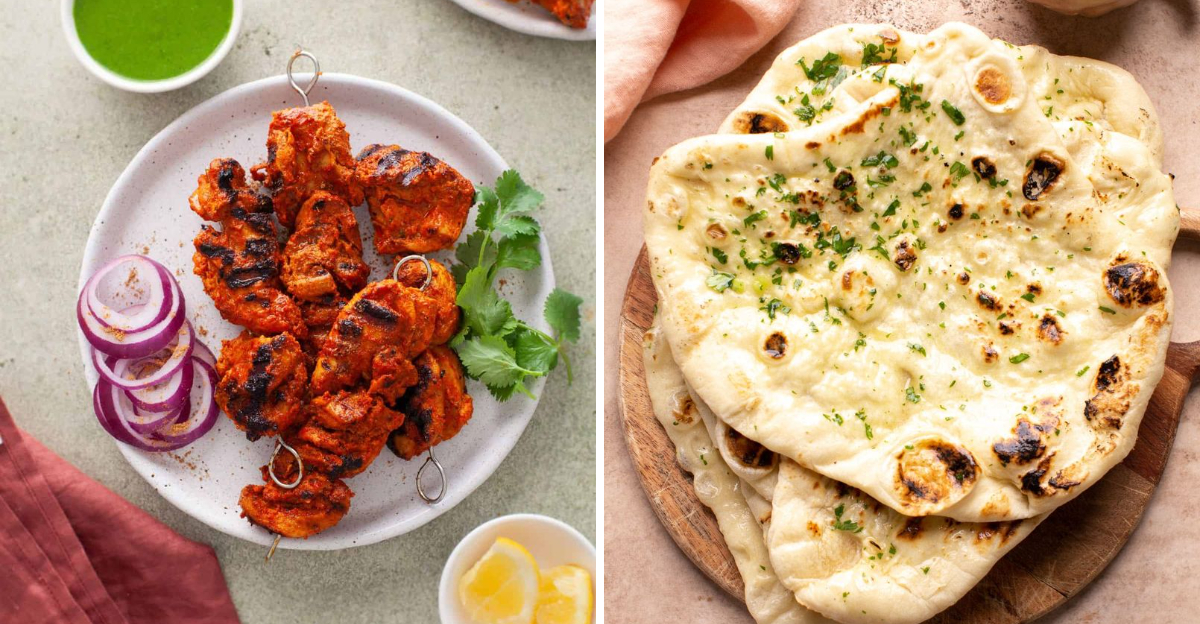
Dining at an Indian restaurant can be a delightful experience, but some menu items might not meet your expectations. Whether it’s due to authenticity, preparation style, or quality, certain dishes may not showcase the best of Indian cuisine. Here are 15 items to steer clear of, along with better alternatives to enhance your culinary adventure.
1. Chicken Tikka

Chicken Tikka might sound enticing, but it often arrives disappointingly dry, far from its flavorful cousin, Chicken Tikka Masala. Restaurants might overcook this dish, leaving it devoid of juiciness. Some even report it tasting bland, without the expected burst of spices.
For a more delightful experience, opt for Chicken Tikka Masala or try Chicken Seekh Kebabs. These options offer a rich blend of spices and tender textures that Chicken Tikka often misses.
In essence, Chicken Tikka may fail to deliver the authentic taste that makes Indian cuisine memorable.
2. Mulligatawny Soup
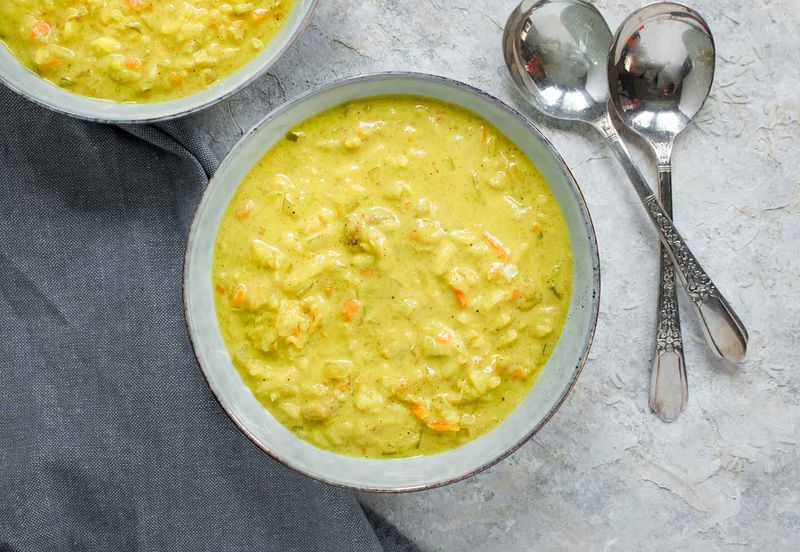
Mulligatawny Soup, an Anglo-Indian creation, often confuses more than it comforts. While it carries the allure of Indian flavors, its roots are more British, leading to a dish that’s neither here nor there. The combination of lentils, apple, and spices tends to clash rather than blend.
For a more traditional experience, consider Dal Tadka or Rasam. These options provide a genuine taste of Indian soups, with flavors that harmonize beautifully.
Mulligatawny might promise warmth, but its muddled profile often leaves diners unsatisfied.
3. Vindaloo (If You Can’t Handle Heat)
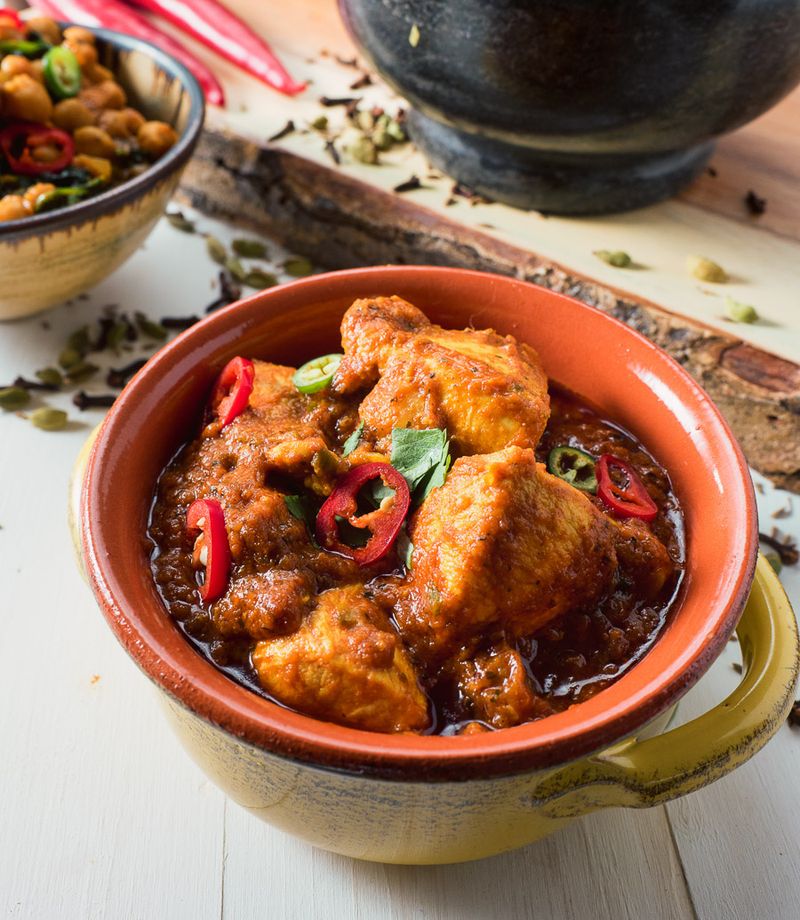
Vindaloo is notorious for its fiery temperament, often ordered by those eager to prove their spice tolerance. However, the heat can be so overwhelming that it drowns out any other flavors. Some diners find themselves unable to appreciate the dish’s complex profile due to its intensity.
If you’re looking for bold yet balanced flavors, consider Rogan Josh or Saag instead. These dishes offer robust taste without the overwhelming heat.
Vindaloo may boast intensity, but it often leaves taste buds scorched rather than satisfied.
4. “Curry” Without Clarification

Ordering “curry” without specifying the type is like asking for “a sandwich”—it’s vague and can lead to an underwhelming experience. Indian cuisine boasts a rich array of curries, each with unique ingredients and flavors. Without clarification, you might end up with a dish that doesn’t match your preferences.
Instead, inquire about specific curries like Butter Chicken or Paneer Makhani for a more tailored experience.
Generic curry orders diminish the richness of Indian culinary diversity, leaving you with a nondescript meal that could be anywhere.
5. Butter Chicken at a Cheap Buffet
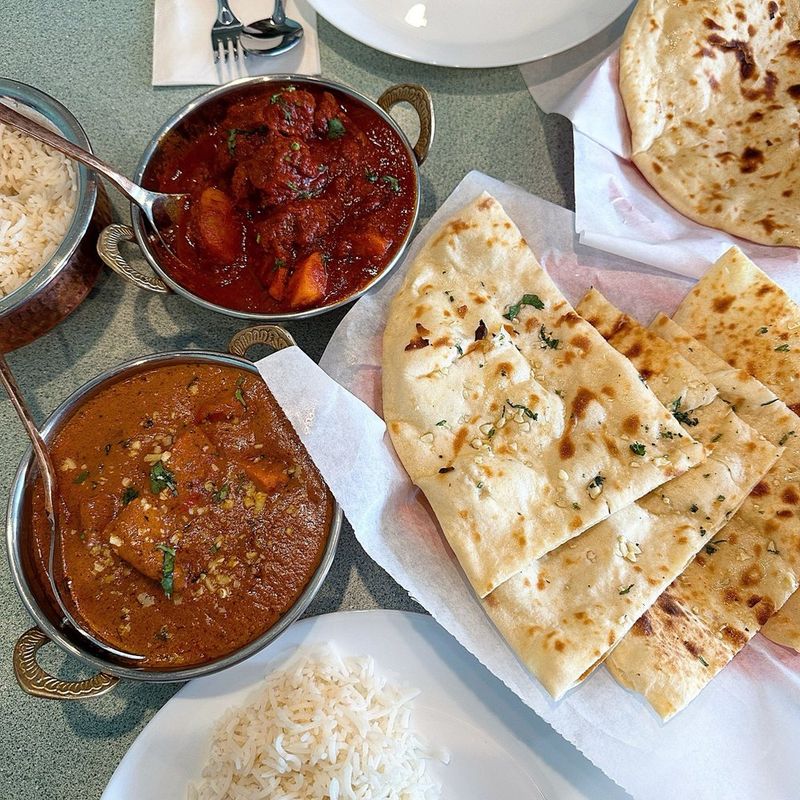
Butter Chicken is a beloved classic, but at budget buffets, it often loses its creamy, rich charm. The dish is frequently watered down, resulting in a sweetness that’s cloying rather than balanced. Diners might miss the luxurious texture that defines this favorite.
For an authentic experience, order Butter Chicken freshly made or try Chicken Korma for a milder, creamy profile.
Buffet Butter Chicken might tempt with affordability, but it rarely captures the dish’s true indulgence.
6. Naan Only
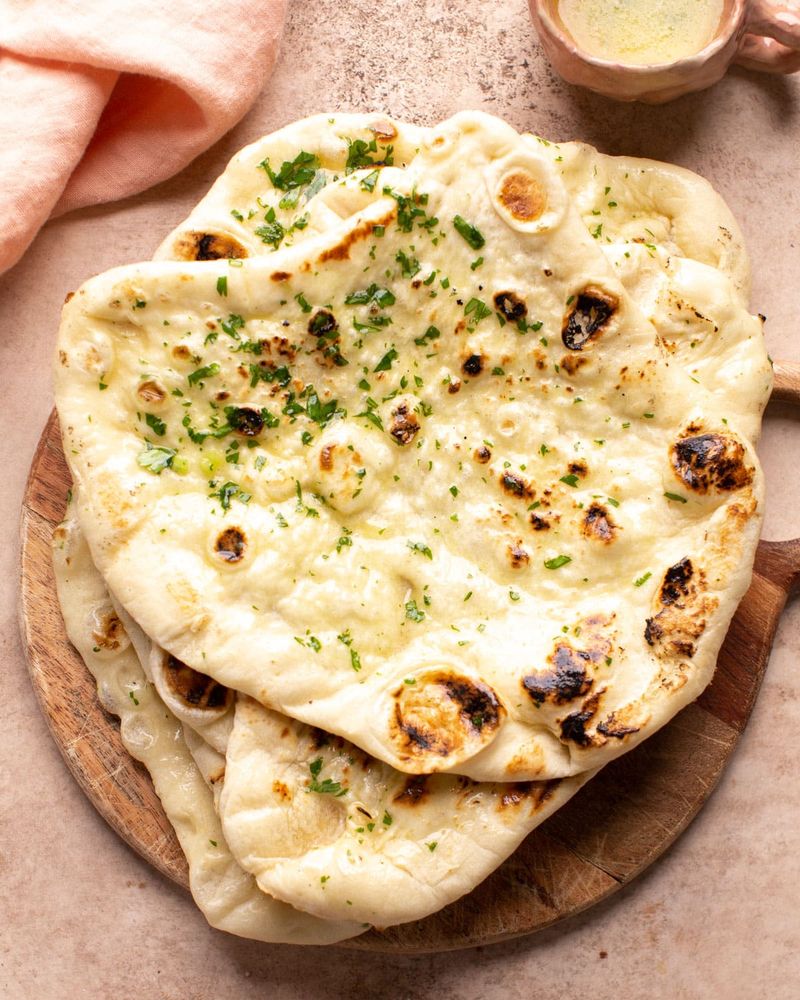
Naan is a popular choice, but ordering it alone means missing out on its true potential. Typically made with refined flour and brushed with butter, Naan is best paired with saucy dishes to complement its texture. Eating it solo can be underwhelming.
Consider pairing Naan with rich curries or mixing it up with roti or paratha for a varied experience.
When enjoyed without accompaniment, Naan lacks the depth and richness that elevate it from mere bread to a culinary delight.
7. Biryani from a Non-Specialty Spot
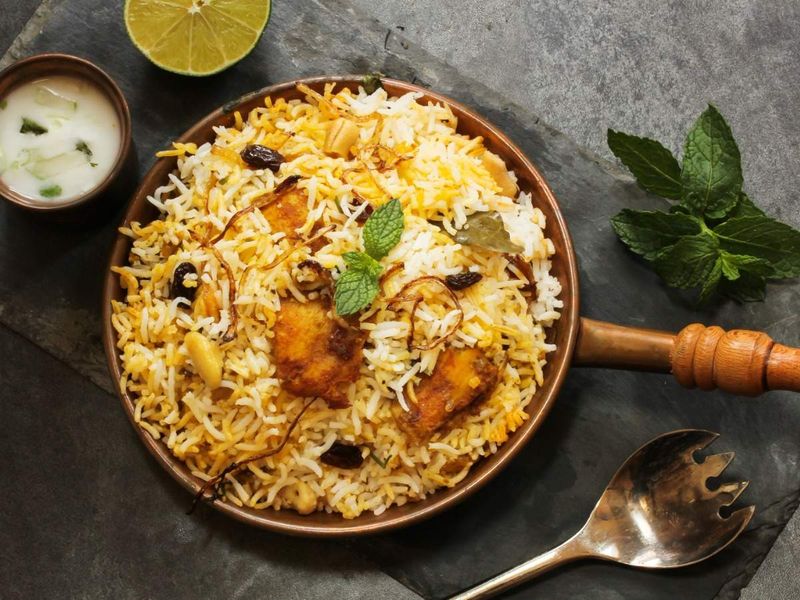
Biryani, a dish celebrated for its fragrant layers and intricate preparation, often falls flat at non-specialty spots. These versions might resemble rice mixed with curry rather than a harmonious blend. The absence of distinct flavors and aromas can disappoint.
Opt for Pulao or verify the freshness of Biryani at well-regarded establishments instead.
Ordering Biryani from the wrong place might leave you with a dish that misses the mark on complexity and taste.
8. “Extra Spicy” If You’re Not Used to It

When you request “extra spicy,” be prepared for a culinary challenge. Indian chefs take spice levels seriously, and this request might result in a dish that’s too intense for the uninitiated. Instead of enhancing flavors, the heat can overshadow them entirely.
If you’re unsure, start with a medium spice level and ask for chili oil or pickle on the side for customization.
Going extra spicy without experience might sound thrilling, but it often leads to a meal that’s more ordeal than enjoyment.
9. Fish at a Landlocked or Non-Coastal Restaurant
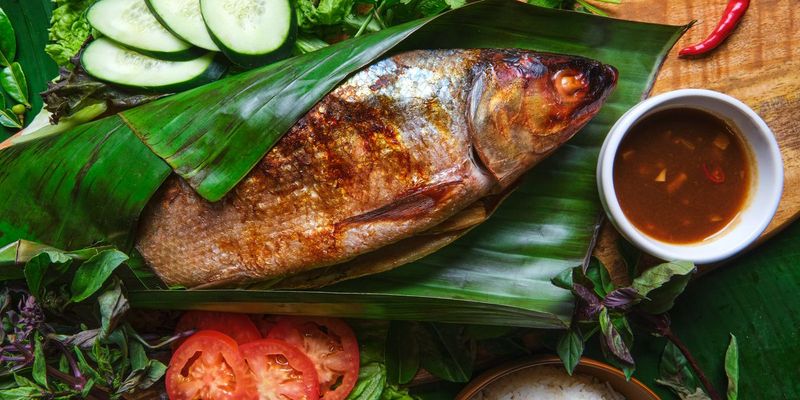
Fish dishes in landlocked or non-coastal areas may not always guarantee freshness. Restaurants might serve fish that’s less than fresh, impacting flavor and texture. What should be a delicate, flavorful dish often turns out lackluster.
For a more reliable option, choose lamb or paneer dishes, known for consistent quality across regions.
When geography doesn’t favor fish, sticking to local specialties ensures a meal that’s more satisfying and true to its roots.
10. Samosas at Chain Restaurants
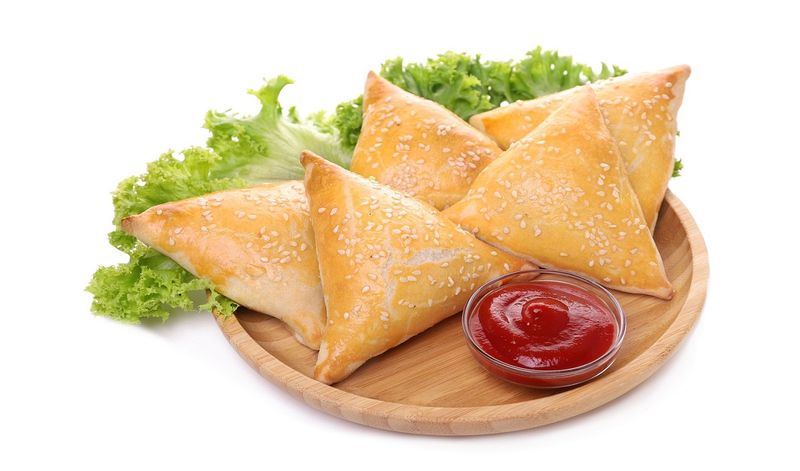
Samosas are a beloved snack, but at chain restaurants, they often disappoint. Pre-frozen and reheated, they lack the flaky pastry and spicy filling that make them delightful. The convenience diminishes their authenticity and taste.
For a fresher alternative, try pakoras or onion bhaji, which are more likely to be made on-site.
Chain restaurant Samosas might offer quick satisfaction, but they fall short of capturing the true essence of this popular treat.
11. Chicken Lollipop (Unless It’s a Fusion Place)
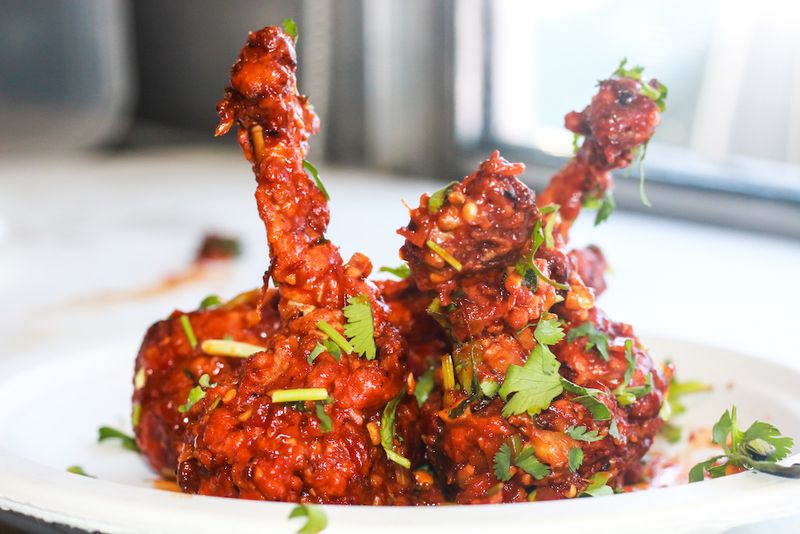
Chicken Lollipop, a dish that sounds fun, often turns out as a gimmick rather than a flavorful experience. The deep-frying process can overshadow the meat’s taste, leaving diners with a greasy instead of savory appetizer.
If you crave Indo-Chinese flair, opt for Gobi Manchurian. This cauliflower dish delivers authentic flavors without the fuss.
Chicken Lollipop may catch the eye, but its execution frequently misses the culinary mark, unless from a trusted fusion place.
12. “Vegetable Curry” with No Description
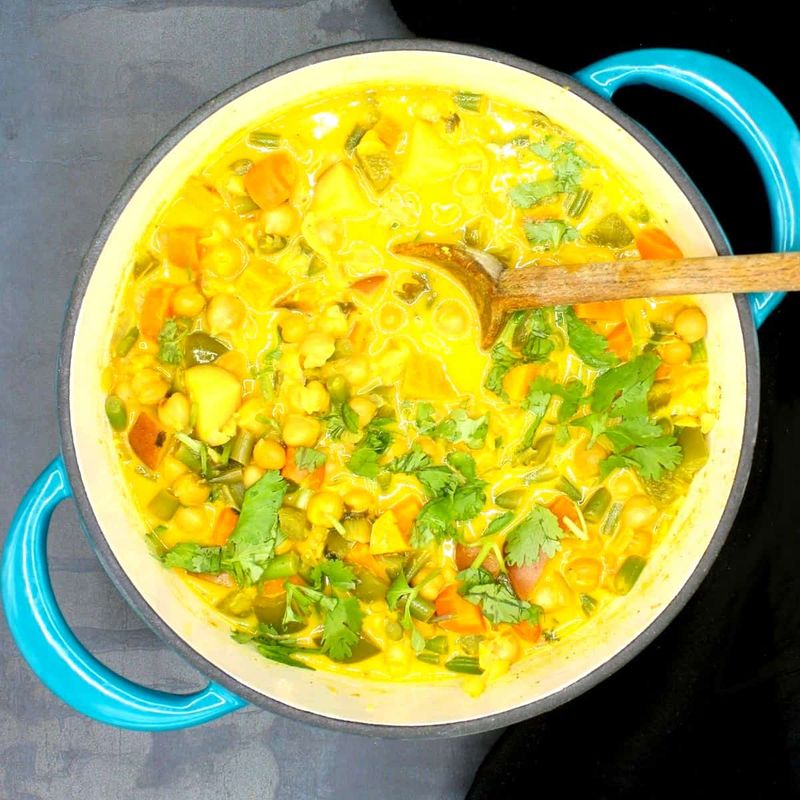
Ordering “Vegetable Curry” without specifics can result in a lackluster dish. The absence of a detailed description leaves diners guessing, often leading to a mix of canned or bland vegetables.
For a more flavorful choice, consider Baingan Bharta or Chana Masala—dishes with distinct ingredients that promise satisfying taste.
The ambiguity of generic vegetable curries might suit convenience, but they rarely deliver the vibrant flavors associated with Indian cuisine.
13. Dishes with Too Many Sauces
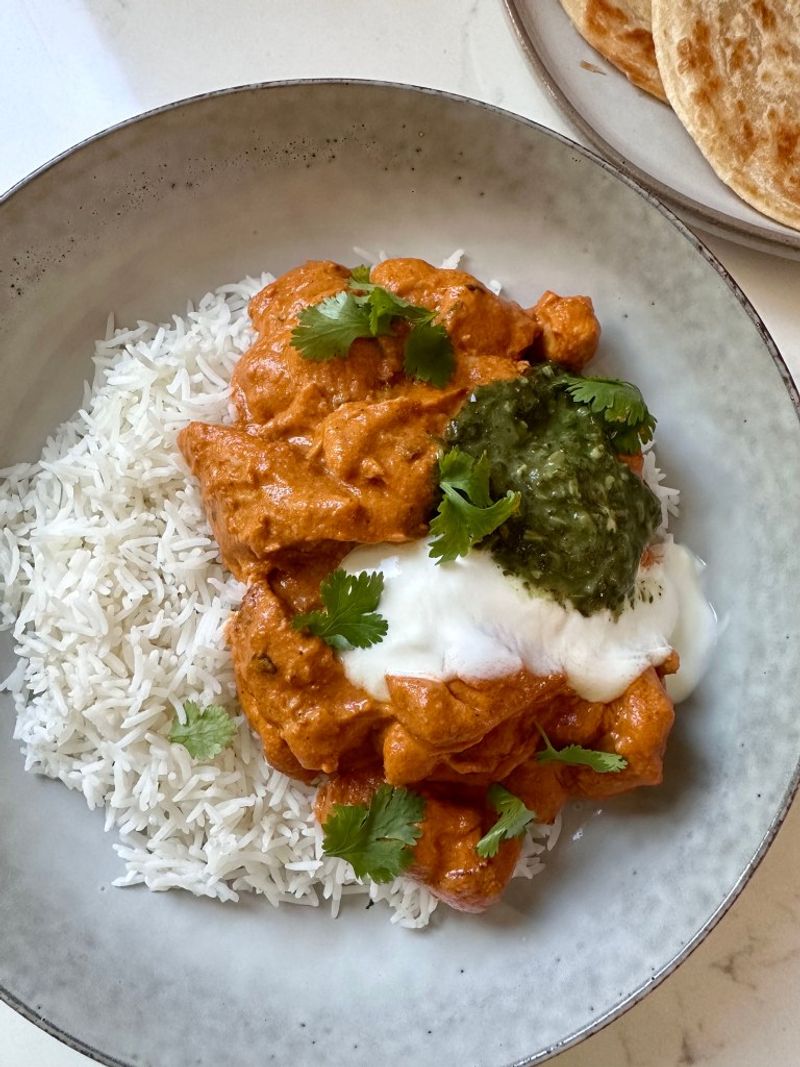
Some dishes arrive buried under an array of sauces and chutneys, overwhelming the palate rather than complementing it. This muddling of flavors can detract from the dish’s intended profile, leaving diners confused.
Instead, request chutneys on the side, allowing each to shine individually.
While a saucy dish may seem enticing, balance is key, and too many sauces often tip the scale toward chaos rather than culinary harmony.
14. “Fusion” Tacos, Pizza, or Burgers at Traditional Spots
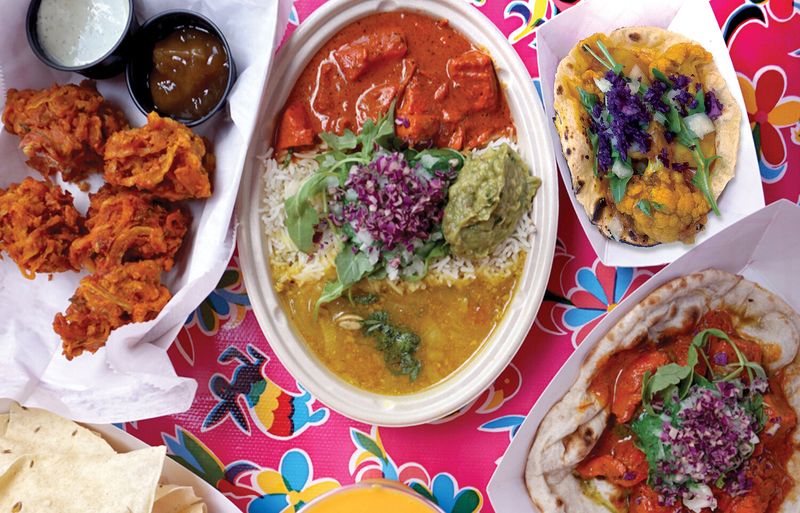
Ordering fusion items like tacos, pizza, or burgers at traditional Indian restaurants can lead to disappointment. These trendy offerings may lack authenticity or flair, neither capturing the essence of Indian cuisine nor delivering the expected twist.
Stick to fusion eateries for a more genuine experience, or enjoy traditional Indian dishes at authentic establishments.
While fusion concepts are intriguing, their execution in the wrong setting often falls flat.
15. Anything That Just Says “Spicy Curry”

The term “Spicy Curry” is often a catch-all for generic sauce and protein, lacking the layered flavors Indian curries are known for. This vagueness can lead to a meal that doesn’t live up to expectations.
Seek recommendations based on regional specialties. For North Indian, try a tandoori platter; for South Indian, go for dosa or sambar.
Ordering something labeled simply as “Spicy Curry” might offer heat, but it seldom provides the complexity that makes Indian cuisine so beloved.
